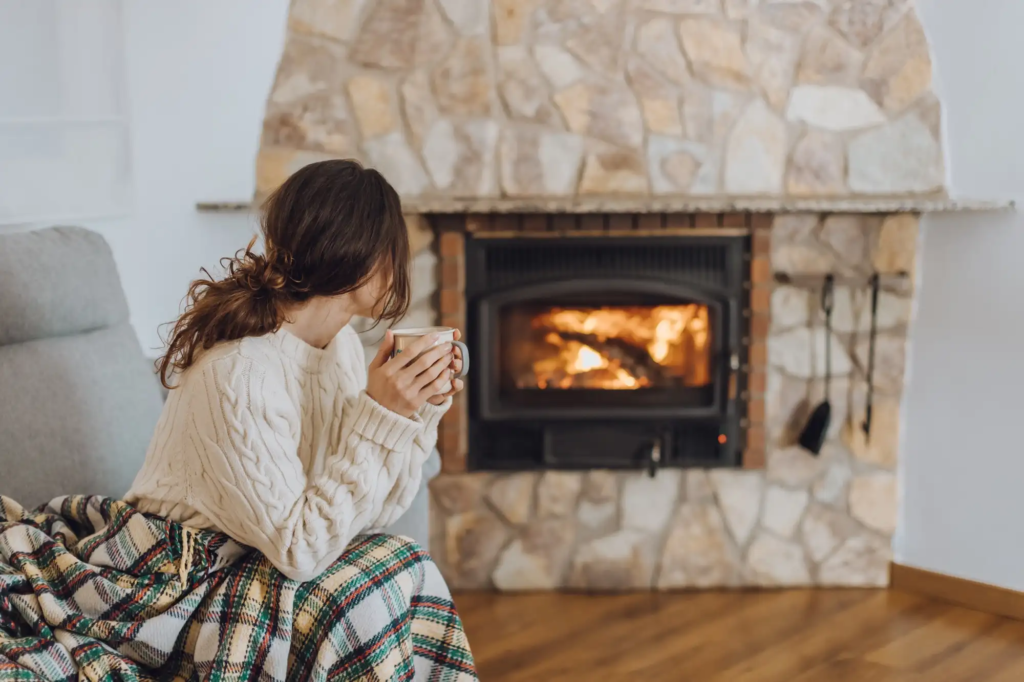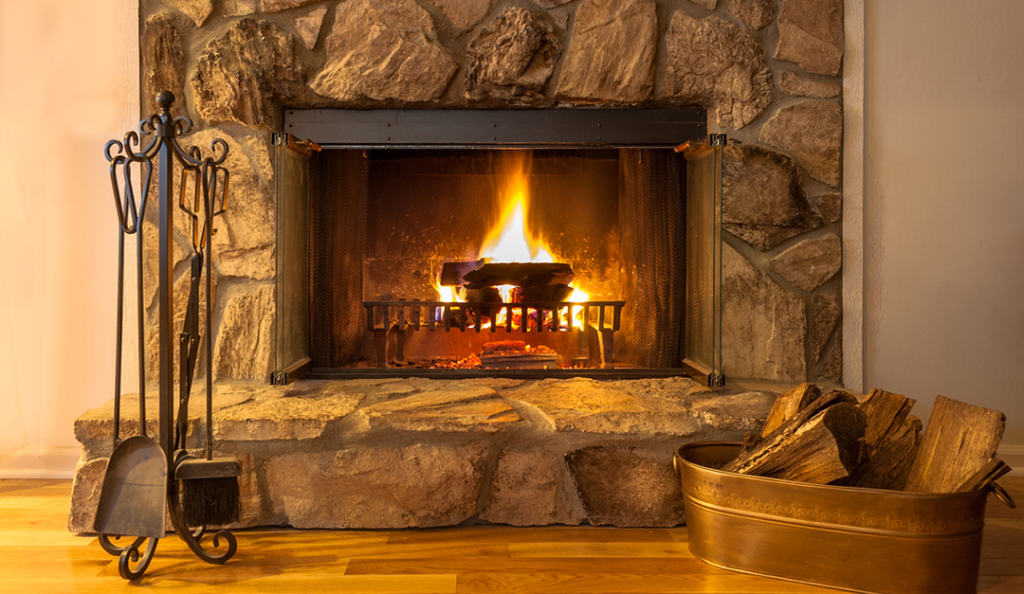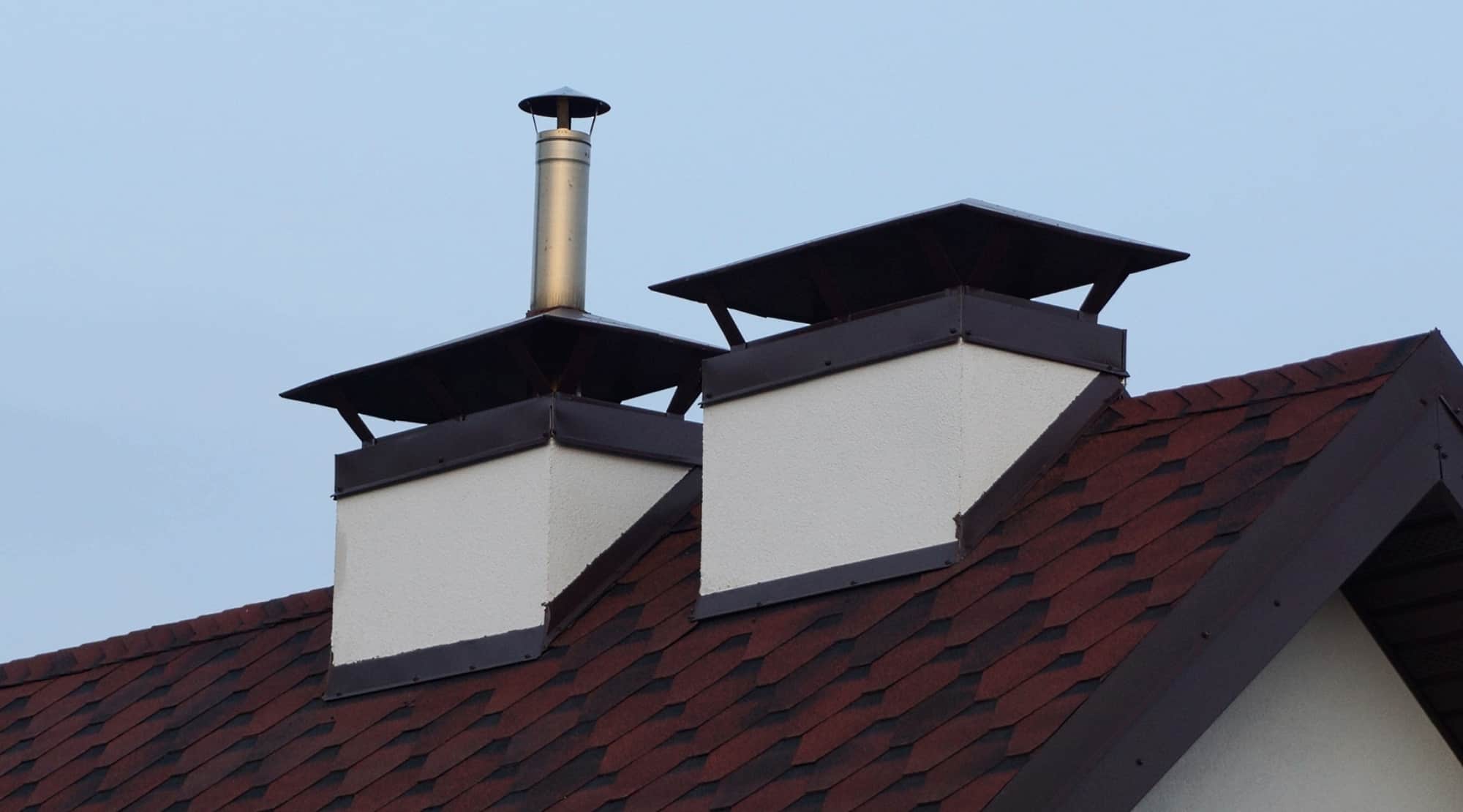As the weather cools down, many homeowners turn to their chimneys to provide warmth and ambiance. Whether you’re enjoying a cozy fire in the fireplace or heating your home with a wood stove, chimney safety should always be a priority. While a fireplace can be a great source of comfort during colder months, it also presents potential hazards if not properly maintained. Here’s what every homeowner needs to know to ensure their chimney is safe, efficient, and ready for use.

1. Regular Chimney Inspections are a Must
Chimneys should be inspected at least once a year, ideally before the heating season begins. A certified chimney professional can assess the structure and function of your chimney, ensuring that everything is in good condition. Inspections can detect issues like blockages, cracks, or creosote buildup, which can lead to dangerous situations like fires or carbon monoxide leaks.
There are different levels of chimney inspections, ranging from a basic visual check to a more thorough, invasive inspection where the chimney is swept and examined more closely. A professional will determine what level of inspection is appropriate based on how frequently the chimney is used and the last time it was serviced.
2. Clean Your Chimney Regularly
One of the most important aspects of chimney safety is ensuring that your chimney is clean and free of debris. Over time, the combustion of wood in the fireplace or stove creates creosote, a tar-like substance that can build up inside the chimney. If left unchecked, creosote can cause dangerous chimney fires. In fact, creosote buildup is one of the leading causes of chimney fires, which can spread to other parts of the home.
The National Fire Protection Association (NFPA) recommends cleaning your chimney once a year if you use it regularly, or more frequently if you burn unseasoned wood, which produces more creosote. A professional chimney sweep can remove this buildup safely and thoroughly.

3. Check for Blockages
Chimney blockages can occur due to a variety of reasons, including animal nests, leaves, or even debris from a nearby tree. These blockages prevent smoke and gases from exiting the chimney, which can lead to dangerous situations, including carbon monoxide poisoning. Even a small blockage can cause harmful gases to back up into your home, putting your family’s health at risk.
Ensure your chimney cap is securely in place to prevent animals and debris from entering the chimney. Regularly check the area around the chimney for fallen branches or leaves that may obstruct the flue. A professional chimney inspection will also check for any blockages or damage that may not be visible to the naked eye.
4. Ensure Proper Ventilation
A properly ventilated chimney allows the smoke and gases to escape from your home safely. Make sure your chimney is the correct size for your fireplace or stove, as an incorrectly sized chimney can lead to poor ventilation and an increased risk of fire or carbon monoxide buildup. The flue should be wide enough to accommodate the volume of smoke produced by your fire but not too large, as this can cause drafts and reduce efficiency.
If your chimney is producing excessive smoke or struggling to vent properly, it’s time for an inspection. Chimney professionals can check if the flue is sized correctly and if there are any ventilation issues that need attention.
5. Burn Wood Properly
Not all wood is created equal when it comes to burning in a fireplace or stove. Burning unseasoned or wet wood can create more creosote buildup, which can increase the risk of chimney fires. Always use dry, seasoned wood that has been properly stored and allowed to dry for at least six months to a year.
Avoid burning trash, paper, or treated wood, as these materials can release harmful chemicals and create dangerous levels of creosote. Using a chimney fire starter is a safer alternative than lighting a fire with newspaper, which can result in too much smoke and potential hazards.

6. Install a Chimney Cap
A chimney cap, crafted through metal fabrication in Salt Lake City, is a simple yet highly effective solution to enhance chimney safety. It prevents animals, debris, and rain from entering the chimney. Animals such as squirrels and birds often seek out chimneys as potential nesting spots, and once inside, they can cause blockages or even ignite fires. A well-designed chimney cap also shields the chimney from water damage, which can gradually weaken its structure over time.
Furthermore, a chimney cap helps improve your chimney’s efficiency by blocking downdrafts and ensuring that smoke flows safely upward and out of your home. Investing in a durable, high-quality chimney cap provides an added layer of protection against a range of potential hazards.
7. Be Aware of Carbon Monoxide Risks
Carbon monoxide (CO) is a colorless, odorless gas that can be deadly if it builds up in your home. A malfunctioning or poorly maintained chimney can allow CO to leak into your living space. To reduce this risk, ensure your chimney is in good working condition and that there is proper ventilation for smoke and gases to escape. It’s also essential to have carbon monoxide detectors installed near your fireplace and throughout your home to alert you to any dangerous gas buildup.
8. Know When to Call a Professional
While routine maintenance and cleaning are essential, some chimney issues require the expertise of a professional. If you notice any signs of damage such as cracks in the chimney, deteriorating mortar, or issues with your fireplace or stove, don’t hesitate to call a chimney professional. They can assess the situation, recommend repairs, and ensure the chimney is safe to use.
In Conclusion
Chimney safety is a key aspect of maintaining a safe and comfortable home. Regular inspections, cleaning, and proper use of your chimney can prevent hazards like chimney fires and carbon monoxide poisoning. By following these safety tips, you can enjoy the warmth and ambiance of your fireplace or stove with peace of mind. Don’t take your chimney for granted—ensure it’s ready to keep your home safe all season long.

